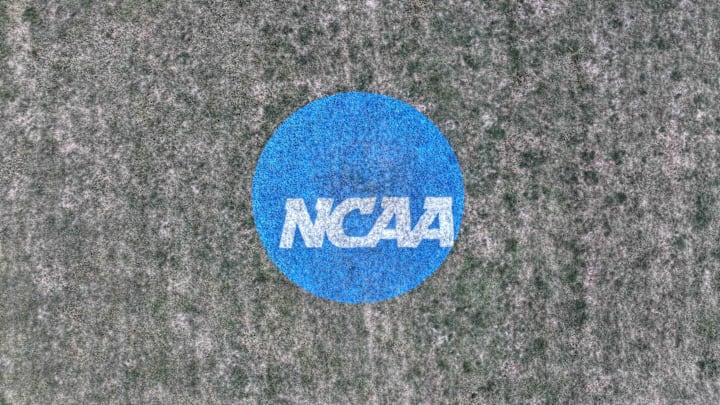There has been a lot of excitement, blowback, bewilderment, and intrigue since the NCAA settlement setting up the $2.7 billion paycheck to former athletes and the $20 million annual budget for current athletes.
More recently, the court ruling decided that collegiate athletes should be treated as full-time employees of their university.
And this is great, for the athletes, at least. Kind of.
It’s, for the most part, good for most collegiate athletes, for now.
Beyond the fact that the athletes get to put more money in their pockets, what are the possible trickle-down effects that the latest NCAA decisions could have?
University/program layoffs
At the end of the day, giving players $20 million on an annual basis is not pocket change and that money has to come from somewhere.
The obvious solution is to reduce staff size at the universities and while that should morally come from the athletic department, colleges frequently protect their sports ahead of their scholars.
Sadly, college across the country might see faculty staff and faculty layoffs from more than just their athletic departments.
Less money for smaller sports
Another place that the money for athletes could come from is the other sports within an athletic program.
There have long been the big money makers: football and basketball.
And largely, universities will dip into the profits from those two sports to afford their other athletic programs.
However, if a schools is having to shell out $20 million every year, how can they afford to keep sports that aren't profiting or are even losing money each season?
Reduced roster sizes
This subject has become a hot button issue over the past few weeks.
Whether it comes from reducing scholarship slots to eliminating walk-on players, people are strongly opinionated about the idea of reducing roster sizes.
One big place that this could come into effect would be football.
Currently, college football rosters are about 130 to 140 players large. Many Power 4 schools are eyeing the prospect of narrowing that number by about 30 athletes, to 100 or 110 per team.
This obviously leads to fewer players making it to the collegiate level in their sport and reduces opportunities for athletes across the country to find their place in college.
Increased injuries/strain on players
In tow with reduced roster sizes is an increased strain on players and a possible increase of injuries on a regular basis.
Fewer players means fewer breaks means less rest and recovery time.
This automatically makes trainers, coaches, and players think that there is going to be an increased risk of injury.
The lack of down time could also lead to a larger strain on athletes' mental health.
All around, the pay day for athletes should be a good thing.
However, universities must make sure that they go about it the right way and cut costs where it is most fair and most equitable for everyone involved, not just the football team.
